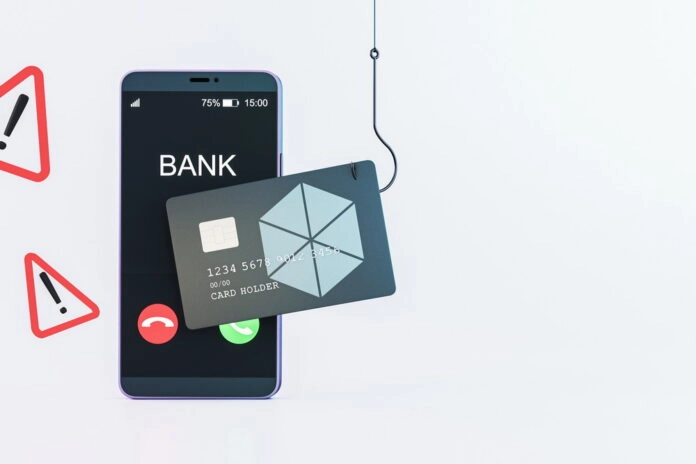
Online financial transactions have literally revolutionized how the world does business. But the same technologies that make conducting business electronically so accessible and fast also provide new and unprecedented avenues for fraud. As such, fraud protection is a never-ending enterprise. Success relies heavily on darknet intelligence that keeps cybersecurity experts in the loop.
Demonstrating the link between darknet intelligence and fraud protection is easier if we look at a practical application. To that end, lets take a look at bank drops. With the judicious use of intelligence gathered by darknet experts, organizations can prevent bank drops before they occur. Those that do slip through the cracks can be identified and addressed accordingly.
The Basics of the Bank Drop
 Source: ncratleos.com
Source: ncratleos.com
Those who would generate income through illicit means need some way to cover their tracks. Otherwise, digital technologies would make it possible for the authorities to track their money. In essence, criminals need to launder their funds electronically. Their techniques are similar to how money was laundered before the internet age. This is where the bank drop comes in.
A bank drop is a criminally controlled bank account. It can be a bank account originally established by the criminal. But it could also be a legitimate account illegally accessed and taken over.
According to DarkOwl, darknet intelligence is designed to address both. It can look for both original accounts and those that have been hijacked. Better yet, darknet intelligence can reveal leaked information that might eventually be sold to a criminal looking to establish a bank drop.
Identifying Stolen Credentials
 Source: blog.lastpass.com
Source: blog.lastpass.com
So much fraud protection boils down to stolen credentials. Criminals utilize all sorts of tools to steal credentials, including phishing and spoofing. They show no signs of slowing down, either. Why should they? Stealing credentials is often like taking candy from a baby.
What does this have to do with darknet intelligence? Everything. Stolen credentials can be found across the dark web. They are hot commodities, so much so that some criminals do nothing but steal credentials and sell them.
A darknet intelligence platform has built-in tools designed to search for and identify stolen credentials. Once identified, victims can be warned and appropriate defensive actions taken.
Other Preventative Mechanisms
 Source: ebcs.gsu.edu
Source: ebcs.gsu.edu
Darknet intelligence enhances fraud protection through a number of other mechanisms, including the ability to identify fraudulent account creation. Note that fraudulent accounts are often created using synthetic identities. But darknet intelligence can uncover those identities. Financial institutions are warned. They subsequently take steps to authenticate any suspect identities before accepting them.
Here are a few additional preventative mechanisms:
- Mule tracking In the money laundering game, mules are recruited to move money. These mules often have no idea what they are doing. Other times, they are fully on board. Either way, darknet intelligence can find them.
- Incident response A hallmark of darknet intelligence in the fraud protection game is the real-time alert. Real-time alerts allow financial institutions to immediately respond to emerging threats, thereby stopping them in their tracks.
- Intelligence sharing Darknet intelligence is often shared with law enforcement for investigative purposes. Data can be used to disrupt large money laundering networks and prosecute violators, thereby deterring future bank drops.
Without bank drops, electronic money laundering would be much harder. Cybersecurity experts know this. It is why they develop darknet threat intelligence tools capable of making bank drops harder to complete. Its a cat-and-mouse game. Sometimes the criminals win, and other times victory belongs to cybersecurity experts and law enforcement. At the heart of it all is darknet intelligence and the data it produces.


